“Gardens of Life” – Preserving biodiversity, promoting healthy nutrition and strengthening regional (economic) cycles by using regional fruit
Keywords: More sustainable nutrition, reduction of food losses, promotion of the diversity of the cultural landscape, regional added value
Subject and objectives of the project
The aim of the project was to promote the use of the still abundant regional fruit stocks and thus both contribute to a more sustainable diet and preserve the diversity of the cultural landscape. To this end, consumer awareness was to be promoted and appropriate information, communication and marketing structures established.
The project was a cooperation between partners from Germany (Eastern Thuringia) and Hungary (Vas County). In these regions, traditional fruit stocks with many old varieties have been preserved to a large extent. Even after its completion, the project contributes not only to sustainable nutrition (use of regionally available food) but also to the preservation of biodiversity (orchards as “hot spots” of biodiversity), to the reduction of pollutant inputs (orchards are neither fertilized nor treated with pesticides, unnecessary transport is avoided) and to increased regional value creation (conservation of resources). Last but not least, the project serves to reduce food losses – fruit that is not harvested and rots in the meadows is consumed again in the region and does not have to be transported from far away.
Work steps and results:
- Recording as a prerequisite for preserving old fruit varieties
The basis was the development of an orchard app for tablets and smartphones(streuobst-thueringen.de/streuobstapp), which volunteers can use to record and evaluate the orchard stock in their regions following appropriate training. During the project period, around 4,800 trees were recorded using the app. The aim was to improve knowledge of the existing diversity and encourage people to take action. A model farm with a variety garden (200 trees) was also created at the Savaria Museum, which makes the existing diversity visible and provides a framework for training courses and events. - Informing and motivating owners and consumers
Awareness of the value of traditional fruit was improved in both project regions with information campaigns entitled “Regional orchard fruit – treasures on your doorstep”; in particular, health issues (healthy, allergy-friendly fruit) and environmental and ecological awareness (preservation of biodiversity) were addressed.
In Germany, annual orchard fruit fairs, variety identification and specialist training courses were held. Short video clips are used to make actors and activities relating to traditional fruit cultivation visible. This and other content was disseminated via the website www.streuobst-thueringen.de and social networks.
In Hungary, special training courses were held and corresponding teaching materials (e.g. the textbook “Fairy Gardens in Vas County” or the information brochure presenting the region’s fruit varieties) were developed. Other activities included seasonal information days and special “My Garden” consultations. One of the most important events organized by Vasi Skanzen was the festival with the presentation of the fruits of the established model garden and the possibilities of utilization. Information was also provided at the historic Savaria Carnival with guided tours and tastings. Hungarian colleagues also produced a video clip on the project activities. - Development of distribution structures for regional fruit
The consumption of regional fruit products is the key to preserving the fruit culture. Appropriate distribution structures (short distances, small quantities) for retailers and consumers are important for this.
To this end, appropriate recycling and processing capacities (e.g. 8 small cideries) were established or strengthened in Thuringia. Existing 3 initiatives of solidarity agriculture were also involved in the marketing of fruit and fruit products.
In Hungary, the structures of the Savaria Museum were used to motivate children and allotment garden owners in particular to harvest regional fruit, to teach methods of processing and to establish appropriate contacts with regional trade, including the planned new market hall in Szombathely, which is scheduled to open in 2025.
Innovation and exemplary nature of the project
The main innovation of the project is to focus on food (mainly apples) that is available in abundance in the region, but which largely “goes to waste” because owners and consumers lack awareness of its value as well as suitable marketing and recycling structures. This is therefore a form of “avoidable food loss” that has received little attention to date and is to be countered with various measures.
In other parts of Thuringia and other German regions, there are (still) rich orchards with predominantly old varieties and a slowly growing demand for healthy fruit. On the other hand, however, despite some good approaches, e.g. in the area of small cideries, there is still a lack of practicable structures and conditions for stronger marketing, especially of dessert fruit of old varieties. Here the project can convey exemplary methods, activities and results for their dissemination, above all via the LEADER structures that exist almost everywhere in Germany. On the Hungarian side, the project was very exemplary in imparting knowledge about the preservation of old fruit varieties in Hungary in general and in sensitizing the population to conscious nutrition. The 5 other open-air rural museums in Hungary are considered institutional multipliers here. The museums are networked with each other on a professional level, and an annual conference of Hungarian open-air museums is held. This platform will be used to pass on information about the project content and successes.
Special aspects of the project
This was a German-Hungarian cooperation project that pursued a holistic educational and project approach in the area of sustainable nutrition, particularly with regard to “old (apple) varieties” and the preservation of biodiversity.
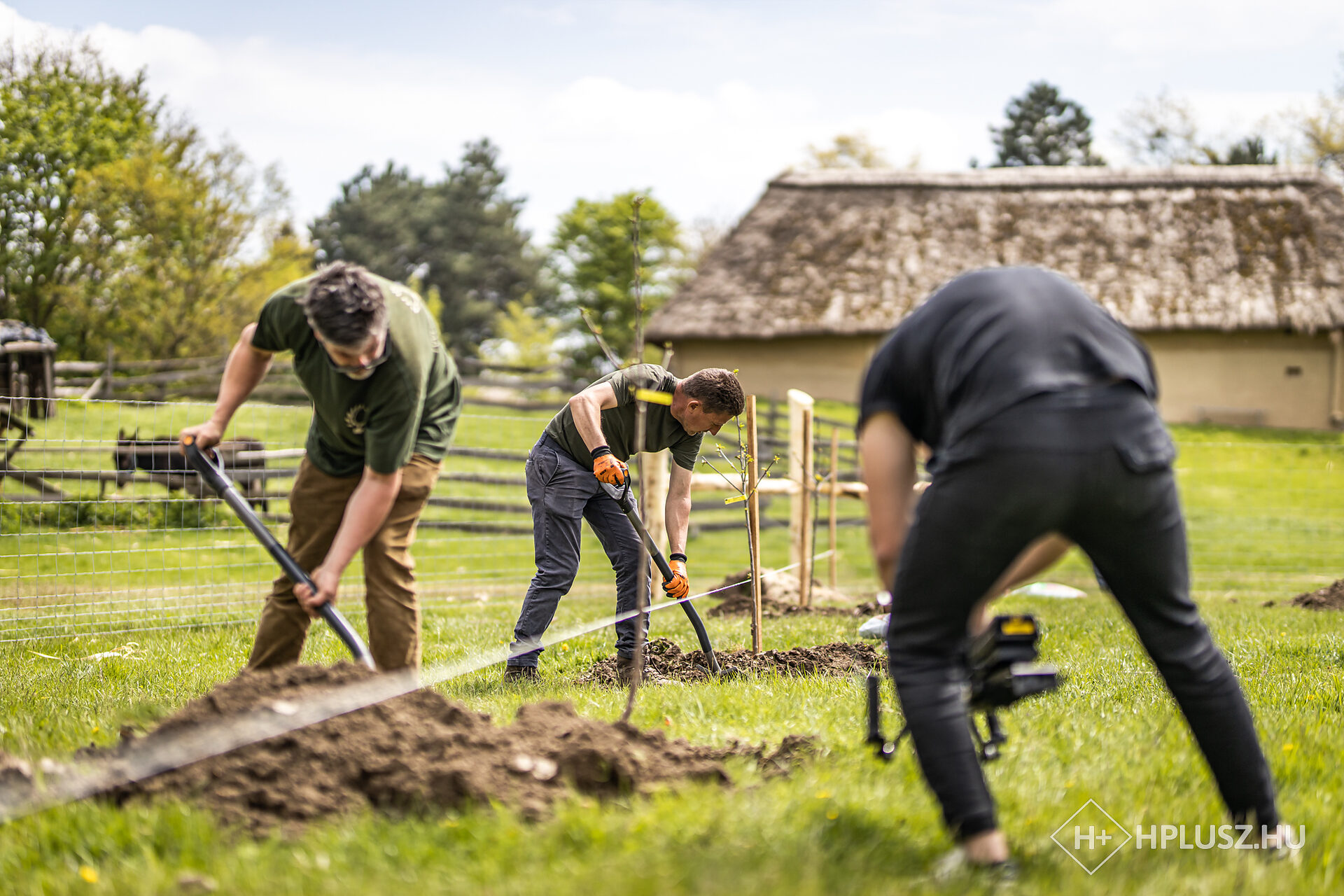
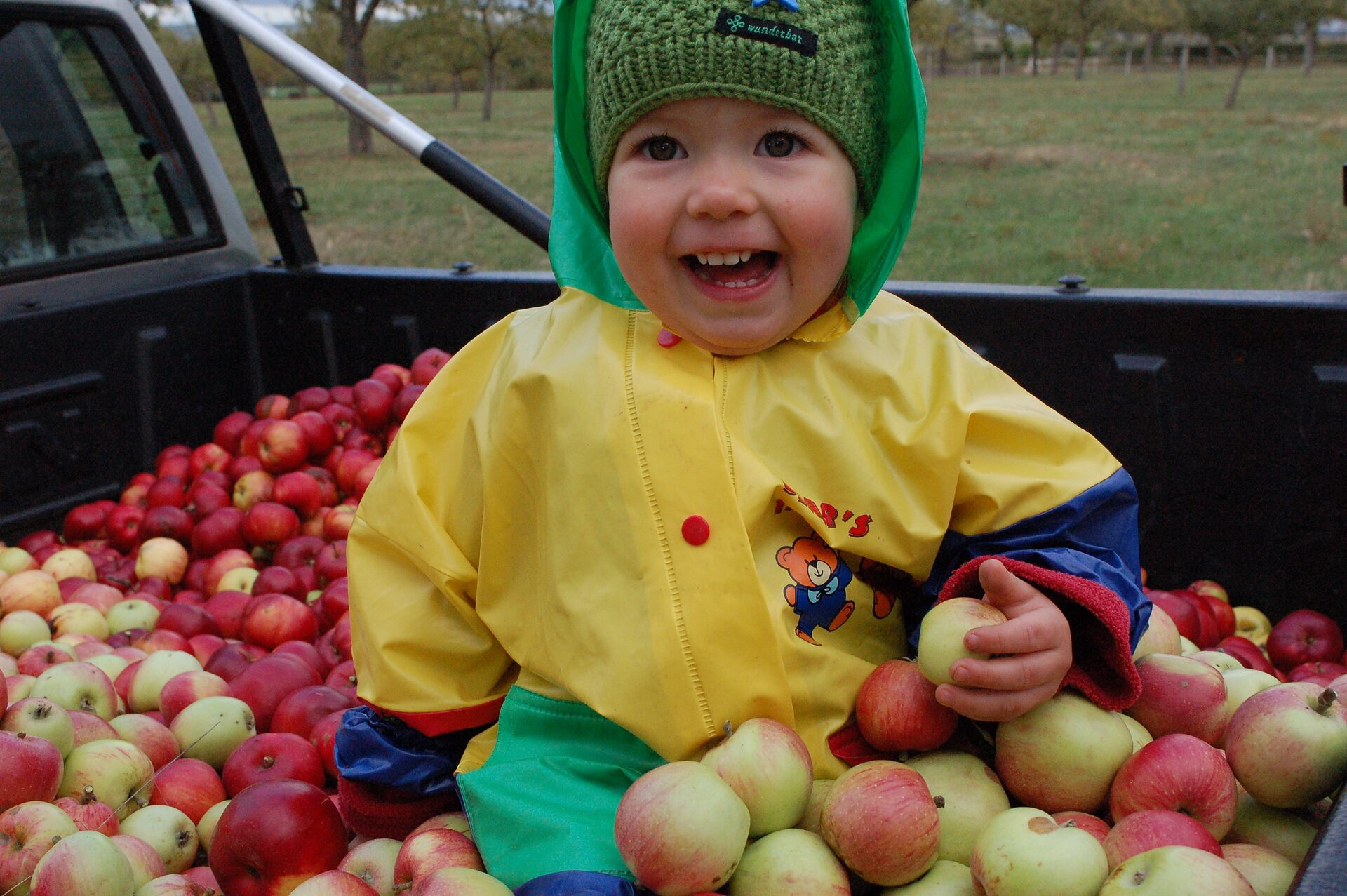
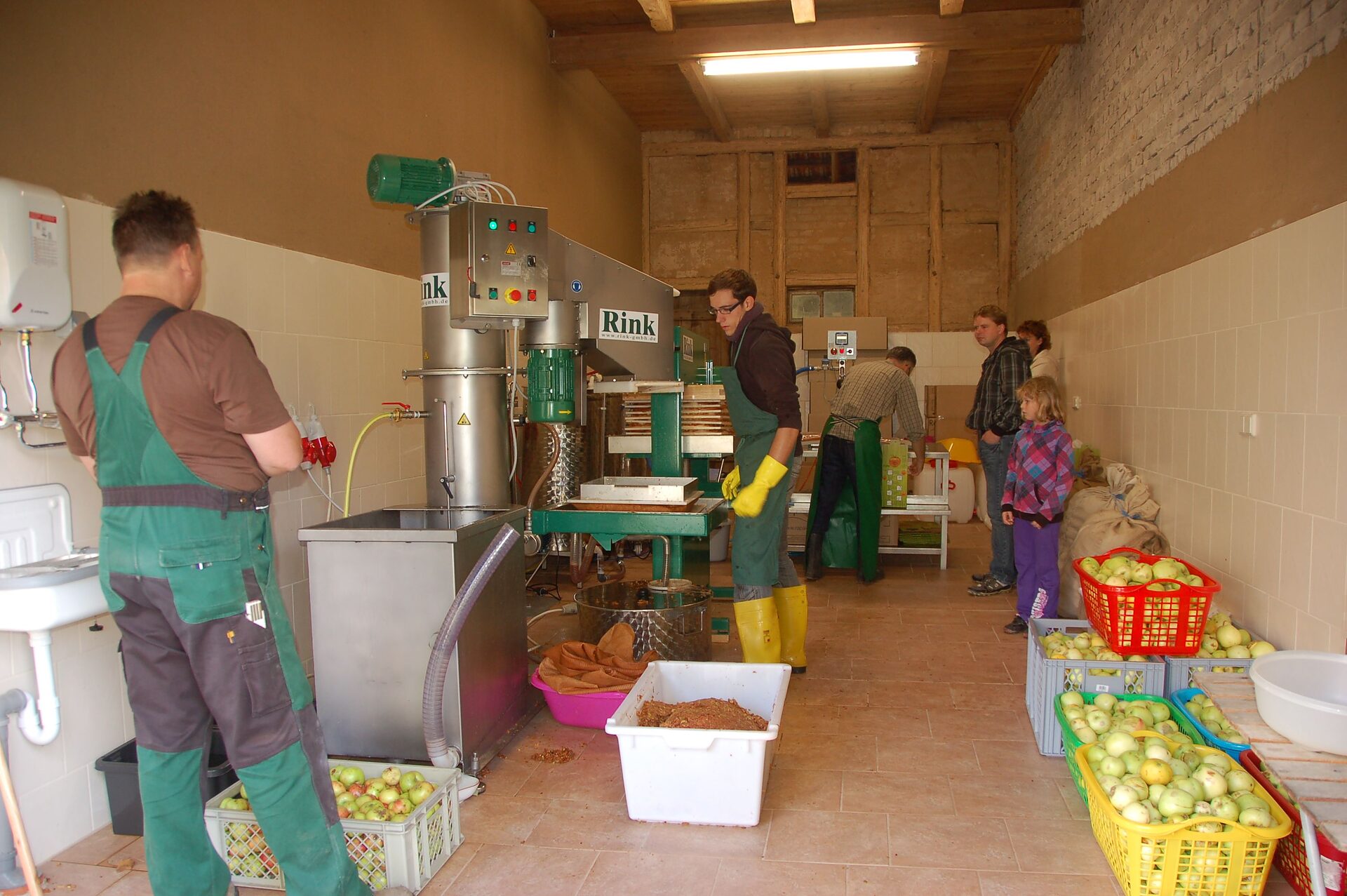

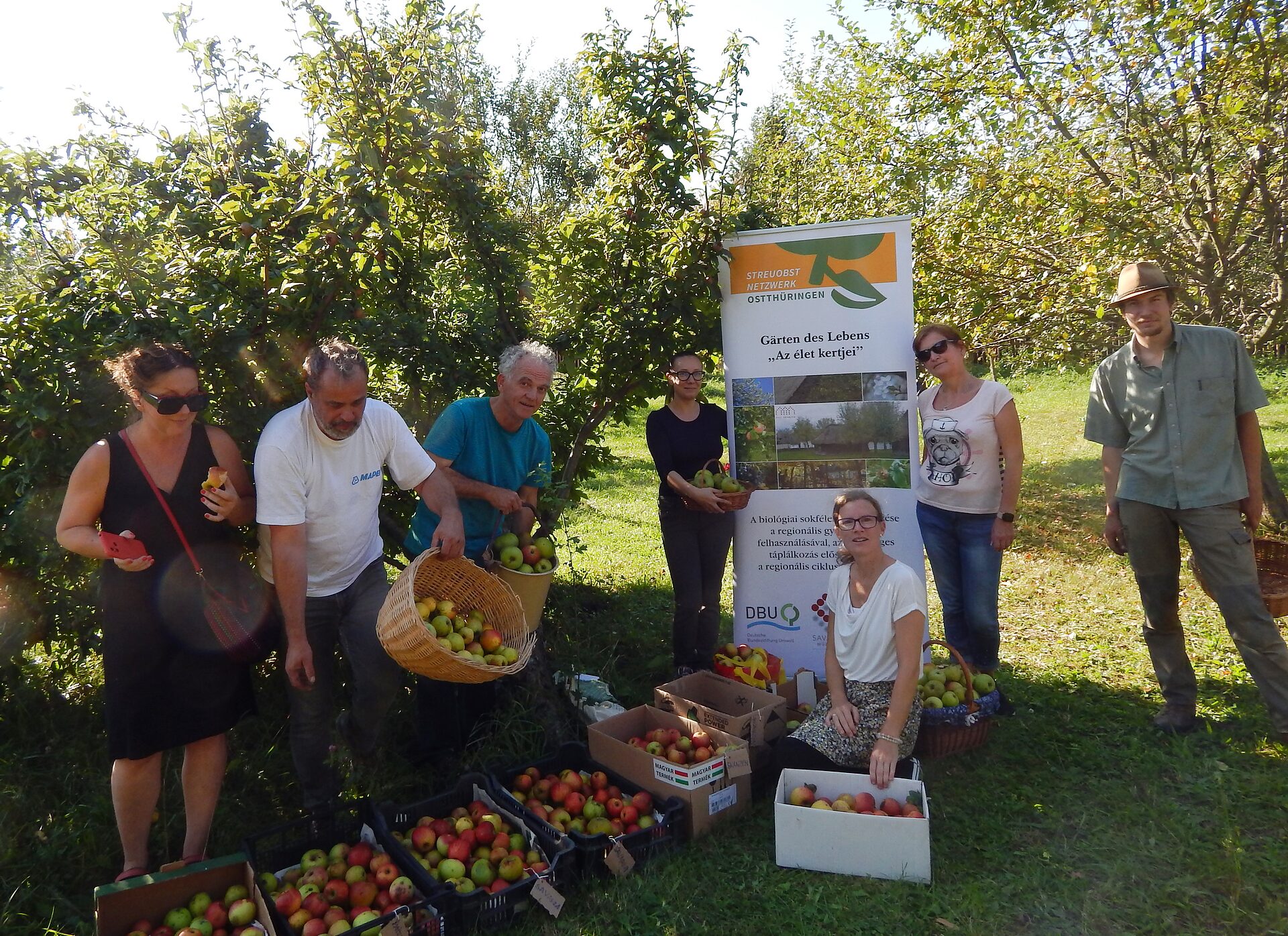
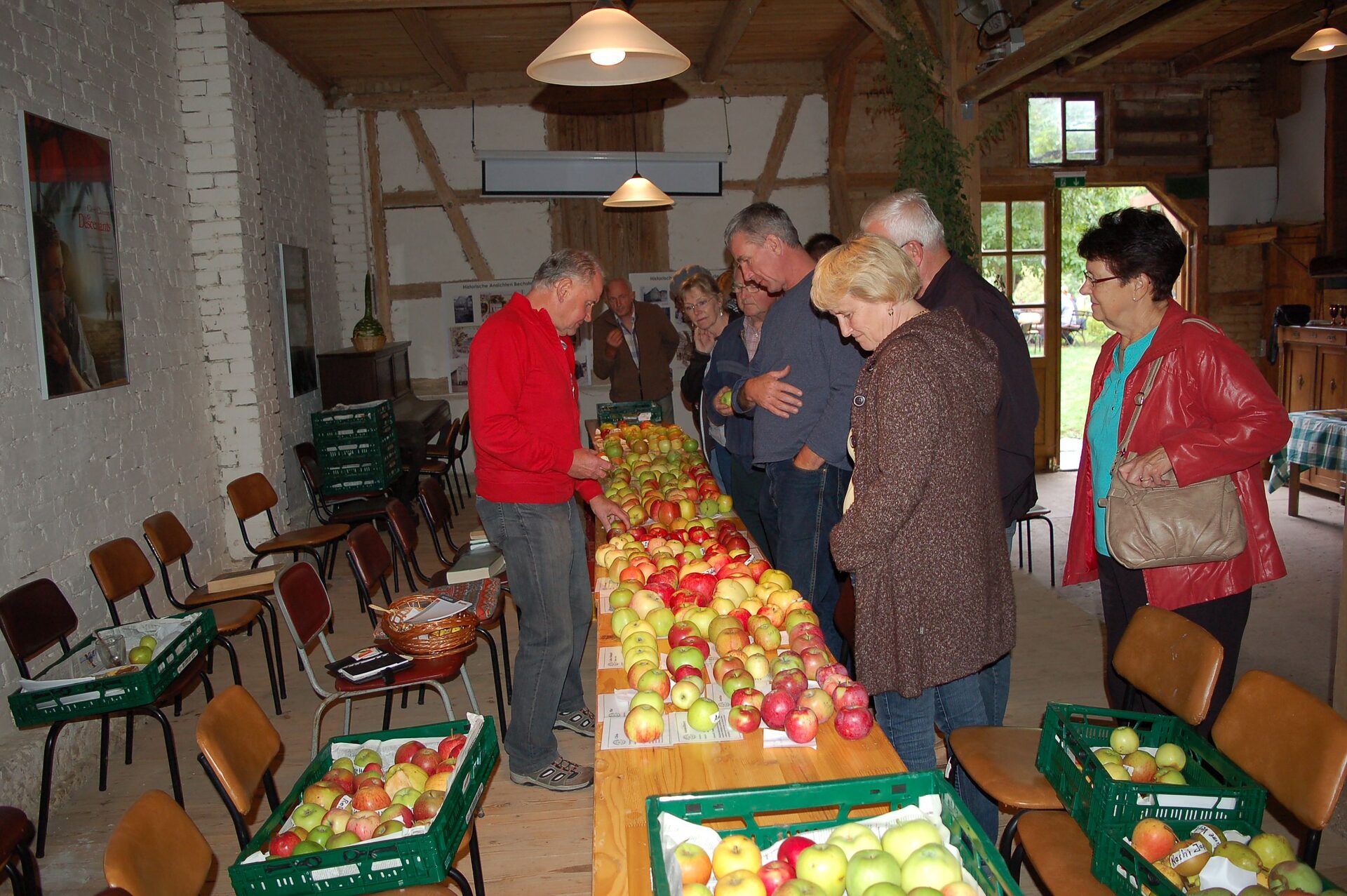
Funding topic 2: Sustainable nutrition and sustainable food handling
Project implementation:
Associated partners:
Places of work: Germany (Eastern Thuringia) and Hungary (Vas County)
Funding period: June 2021 to September 2024
Project costs: Total volume: 273,899 euros, funding from DBU: 98,998 euros
DBU-AZ: 35354
Status: 17.06.2025